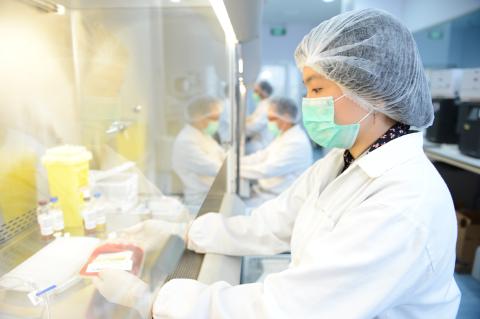
UNITING GENERATIONS WITH HEALTHCARE
About Cordlife Group Limited
Established in May 2001, Cordlife Group Limited ("Cordlife", together with its subsidiaries, the "Group") is a leading company dedicated to safeguarding the well-being of mother and child. Listed on the Mainboard of the Singapore Exchange since 2012, we are a pioneer in private cord blood banking in Asia.
Founded in
Singapore since
Year 2001
Singapore Exchange
Mainboard listed company
10
Markets and still growing
Trusted by over
600,000
parents in Asia
24
years of experience
Cordlife is Asia's largest network of cord blood banks
With full stem cell banking facilities in six key markets, Cordlife is an industry leader in Singapore, Hong Kong, Indonesia and the Philippines, and one of the top three market leaders in India and Malaysia.
Through its majority-owned subsidiary in Malaysia, Stemlife Berhad, Cordlife has an indirect stake in Thailand’s largest private cord blood bank, Thai Stemlife.

Quality and customer focus are amongst some of the cornerstones of Cordlife.
Cordlife has the most accredited cord blood banks in Asia, dedicated to providing reliable healthcare solutions through innovation and technological advancement.
We help people to live healthier, happier, and longer
Cordlife was founded in 2001 with a simple mission: to provide reliable healthcare solutions through innovation, technological advancement, and commitment to quality. In addition to cord blood, cord lining, and cord tissue banking, Cordlife offers families a comprehensive suite of diagnostics services, such as non-invasive prenatal testing, paediatric vision screening, and newborn metabolic screening.

Banking

Diagnostics

Digital Healthcare
